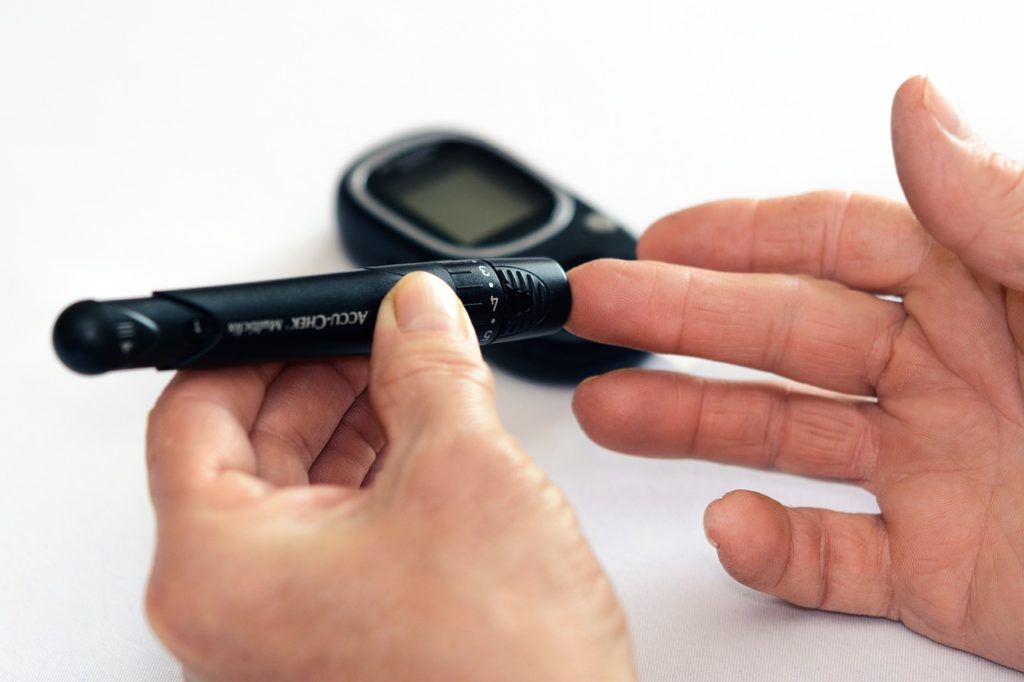
A team of food scientists at the University of Massachusetts Amherst, led by Hang Xiao, is working on an exciting project to create new plant-based protein foods using chickpeas and peas. Tempeh, a traditional Indonesian food typically made from fermented soybeans, is being reinvented with these new ingredients. The research is funded by a four-year, $387,000 grant from the USDA’s Pulse Crop Health Initiative.
The Benefits of Chickpea and Pea Tempeh
This new type of tempeh could offer significant health benefits, potentially helping to counteract the negative effects of the Western diet, such as obesity, fatty liver, and diabetes. The key to this project is to understand the science behind the fermentation process, which has been practiced for centuries.
Combining Expertise
Xiao is collaborating with sensory scientist Alissa Nolden and John Gibbons, who studies fungi in fermented foods, to uncover how fermentation affects the nutritional and sensory properties of tempeh. Their goal is to make chickpea and pea tempeh not only nutritious but also delicious.
The Science of Fermentation
The researchers will develop tempeh from chickpeas and peas and study how fungi transform the nutrients during fermentation. They will analyze the compounds produced, such as amino acids and flavonoids, to ensure the final product is high in fiber and low in fat.
Consumer Testing and Health Impact
To make sure the tempeh is tasty, a panel of consumers will evaluate its taste, smell, and texture. Additionally, the researchers will test the health impact of this new tempeh on an obese rodent model fed a typical Western diet high in animal fat and sugar. Preliminary results are promising, showing that chickpea tempeh can prevent weight gain, fatty liver, and other negative effects.
Conclusion
This project aims to create a new, healthy, and delicious plant-based protein option. By developing chickpea and pea tempeh, the team hopes to offer a sustainable alternative to animal meat that can also help improve public health.



